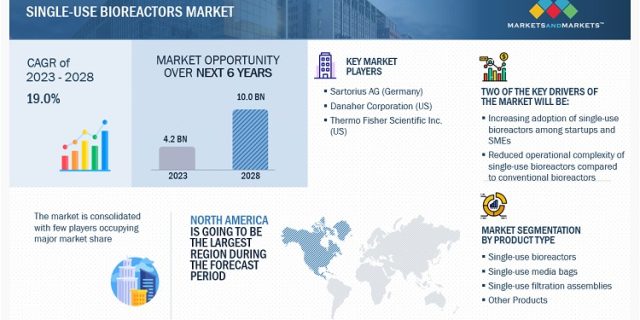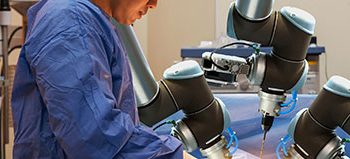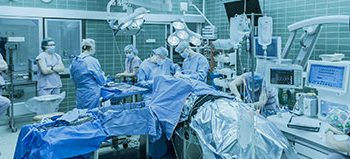
The global single use bioreactors market is experiencing significant growth and is projected to reach USD 8.8 billion by 2026, showing a substantial increase from USD 3.4 billion in 2021. This growth is primarily driven by various factors contributing to the adoption and utilization of single-use bioreactors (SUBs). Several key drivers and opportunities shape the market landscape.
One of the key drivers of the single-use bioreactors market is the increasing adoption of SUBs among small companies and startups. These entities often face limitations in terms of infrastructure, resources, and capital investment. SUBs provide a cost-effective solution as they eliminate the need for cleaning and sterilization, reducing operational costs and time. The simplified design of SUBs, with fewer components and reduced automation complexity, enables smaller companies to enter the biopharmaceutical manufacturing sector more easily.
Another driver for the market growth is the ease in the cultivation of marine organisms. SUBs offer advantages in the cultivation of marine-based organisms due to their flexibility and ease of use. Marine biotechnology has gained significant attention for various applications, including the production of biologics and therapeutics derived from marine sources. SUBs facilitate the cultivation and scale-up of marine organisms, supporting the expansion of research and development activities in this area.
Furthermore, SUBs contribute to reduced energy and water consumption compared to traditional stainless-steel bioreactors. The streamlined design and disposability of SUBs eliminate the need for extensive cleaning, sterilization, and water-intensive processes. This not only reduces operational costs but also aligns with sustainability goals by conserving resources and minimizing environmental impact.
The growing biologics market is another factor propelling the demand for single-use bioreactors. Biologics, including monoclonal antibodies, vaccines, and cell therapies, have witnessed substantial growth in recent years. SUBs offer advantages in biologics manufacturing by providing a more flexible and cost-effective platform for producing these complex therapeutics. The increasing demand for biologics drives the adoption of SUBs, enabling efficient and scalable production processes.
Technological advancements in SUBs also play a significant role in market growth. Ongoing research and development efforts focus on enhancing SUB performance, such as improving cell culture performance, optimizing mixing and aeration, and developing innovative sensor technologies. These advancements contribute to better process control, higher product yields, and improved efficiency, further driving the adoption of SUBs in biopharmaceutical manufacturing.
In the competitive landscape, prominent players such as Sartorius Stedim Biotech, Thermo Fisher Scientific, Danaher Corporation (through its subsidiary Pall Corporation), and Merck KGaA hold leading positions. Sartorius Stedim Biotech has strengthened its market presence through organic and inorganic strategies, including product launches and expansions. Danaher Corporation, with its subsidiary Pall Corporation, has expanded its market share through acquisitions, such as the acquisition of General Electric Company’s Life Sciences division and subsequent rebranding as Cytiva.
Opportunities in emerging markets, such as India, present a significant growth potential for the single-use bioreactors market. The presence of global and local pharmaceutical and biopharmaceutical companies in these countries, coupled with government initiatives and regulatory measures, drives the demand for cost-effective single-use systems. The expansion of manufacturing capacities for COVID-19 vaccines in India, utilizing SUBs, exemplifies the growing trend of implementing SUB technology in emerging markets.
In summary, the global single-use bioreactors market is poised for substantial growth, driven by factors such as the adoption of SUBs by small companies and startups, reduced automation complexity, ease of cultivation for marine organisms, reduced energy and water consumption, the expanding biologics market, technological advancements, and opportunities in emerging markets. With key players actively participating
Related Links
https://www.marketsandmarkets.com/Market-Reports/single-use-bioreactor-market-49113750.html
https://www.marketsandmarkets.com/PressReleases/single-use-bioreactor.asp
https://www.marketsandmarkets.com/ResearchInsight/single-use-bioreactor-market.asp


